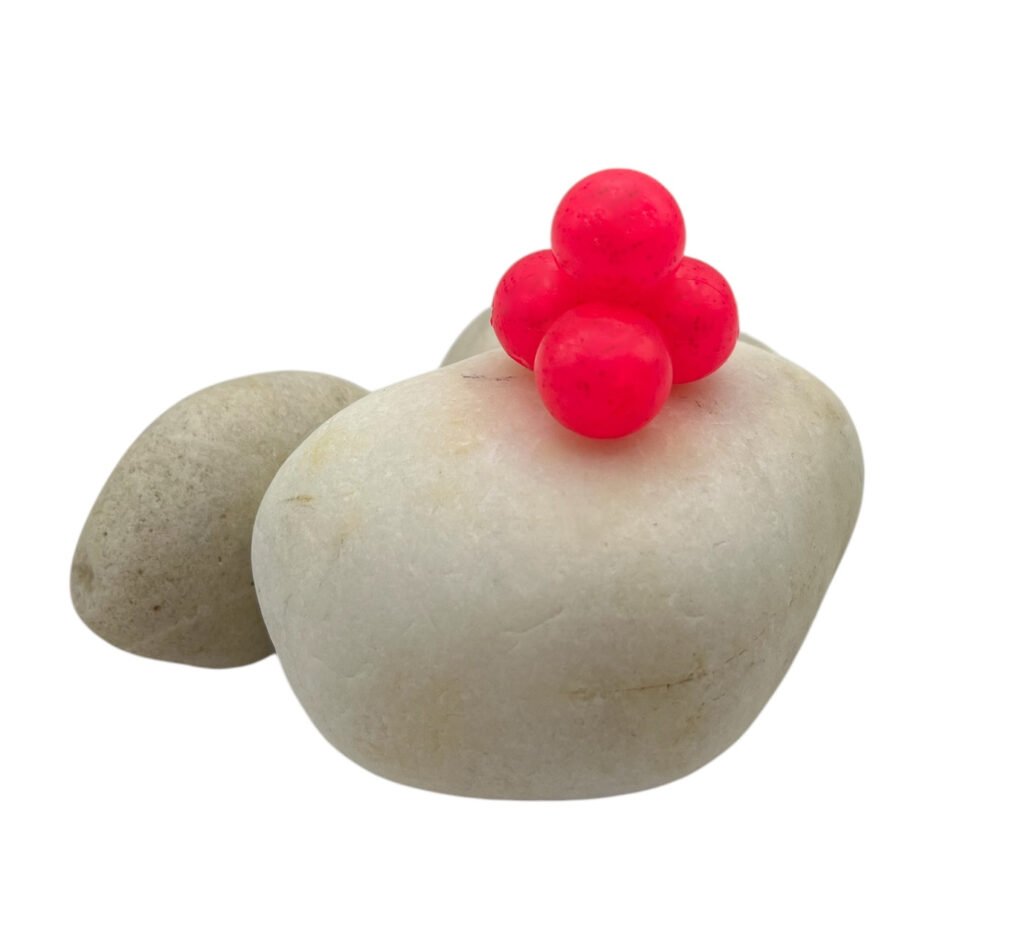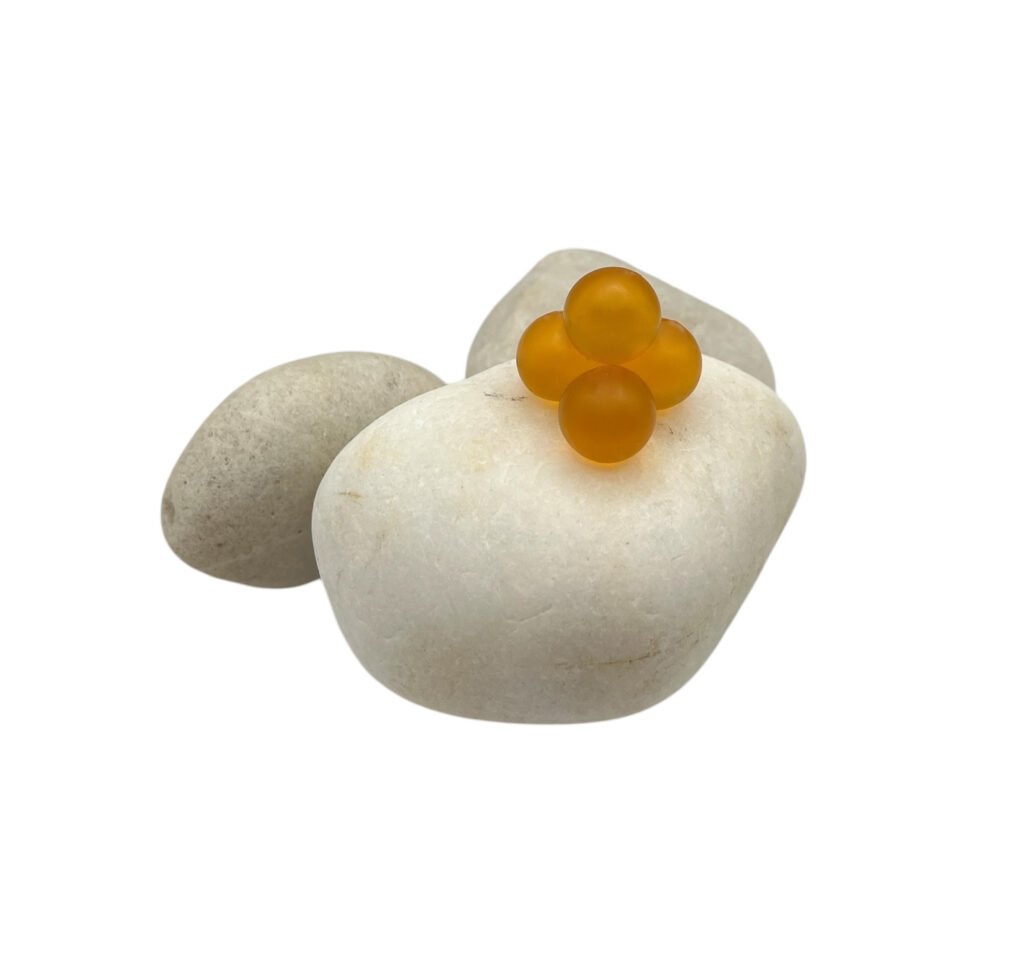Unleash the Hidden Magic of Scent in Soft Beads Now
Fishing enthusiasts have long debated the effectiveness of scented baits in their pursuit of the perfect catch. Among these, scent in soft beads and plastic worms has become increasingly popular in recent years. These artificially scented lures promise to attract fish more effectively than their unscented counterparts. However, many anglers question whether these products truly deliver on their promises or if they’re simply clever marketing ploys. This article explores the science behind scent in soft beads, examines their effectiveness across different fishing environments, and provides insights from both scientific research and angling experts.

The Science Behind Scent in Soft Baits
Fish possess remarkable olfactory systems that allow them to detect minute chemical signatures in water. In fact, many species can sense certain compounds at concentrations as low as one part per billion. This extraordinary ability helps them locate food, avoid predators, and navigate their aquatic environments. Manufacturers of scented soft beads and worms have capitalized on this biological fact by developing products that release specific scent molecules designed to trigger feeding responses.
The science of scent in soft beads involves complex chemistry. Most scented baits incorporate amino acids, proteins, and other organic compounds that mimic the natural prey of various fish species. Additionally, some manufacturers add salt, which can enhance both the scent dispersion and the taste of the bait when a fish bites. The plastic or silicone material of the beads and worms serves as a delivery system, slowly releasing these scent compounds into the surrounding water.
Types of Scents Used in Soft Beads and Worms
The variety of scents incorporated into soft baits has expanded dramatically over the years. Manufacturers now offer an impressive array of options tailored to different fish species and fishing conditions. Some of the most common scents include:
Natural Prey Scents
Many soft beads and worms feature scents that mimic natural prey items such as:
- Crawfish
- Shad
- Minnows
- Nightcrawlers
- Insects
These scents attempt to replicate the chemical signatures released by these creatures, triggering predatory instincts in fish.
Attractant Compounds
Beyond mimicking natural prey, some scented soft beads incorporate specific attractant compounds:
- Anise
- Garlic
- Fish oils
- Amino acid blends
- Pheromones
Interestingly, some of these compounds, such as anise and garlic, don’t necessarily mimic natural prey but have nonetheless proven effective at attracting certain fish species.

Effectiveness of Scented Soft Beads in Different Environments
The effectiveness of scent in soft beads varies considerably depending on the fishing environment. Several factors influence how well these scented lures perform:
Water Clarity
In clear water, visual cues often dominate fish feeding behaviour. Fish can easily spot lures and assess their appearance. However, in murky or stained water, where visibility is limited, scent in soft beads becomes substantially more important. When fish can’t see well, they rely more heavily on their sense of smell to locate potential food sources.
Water Temperature
Water temperature significantly affects how scent disperses and how actively fish feed. In warmer water, scent molecules diffuse more quickly, creating a larger scent trail. Furthermore, most fish species have increased metabolic rates in warmer water, making them more active feeders. Conversely, in cold water, scent diffusion slows down, and fish typically become less active. Therefore, the effectiveness of scent in soft beads often increases during warmer months or in warmer bodies of water.
Water Movement
Current and water movement also play crucial roles in scent dispersion. In still water, such as ponds or lakes, scent molecules tend to concentrate near the bait. However, in moving water, the scent creates a downstream trail that can attract fish from greater distances. Additionally, water movement affects how quickly scent dissipates from soft beads, with faster-moving water typically leading to more rapid scent loss.
Research on Scent Effectiveness
Several scientific studies have examined the effectiveness of scent in soft beads and other artificial baits. While results have been mixed, some notable findings include:
A 2018 study published in the North American Journal of Fisheries Management found that bass caught on scented soft plastic lures had a significantly higher retention rate (fish holding onto the lure longer) compared to unscented versions of the same lures. This longer retention time increased hook-up rates and successful catches.
Another study conducted by the University of Manitoba examined the effectiveness of various scents on rainbow trout in controlled environments. The research demonstrated that certain amino acid combinations increased strike rates by up to 25% compared to unscented control lures.
Nevertheless, it’s worth noting that not all research supports the effectiveness of artificial scents. Some studies have found minimal differences between scented and unscented baits under certain conditions. This inconsistency highlights the complex nature of fish behaviour and the many variables that can influence feeding responses.
Angler Experiences and Testimonials
Beyond scientific research, the experiences of anglers provide valuable insights into the effectiveness of scent in soft beads. Many professional anglers have become strong advocates for scented baits, particularly in challenging fishing conditions.
Jeff Thomson, a tournament angler from British Columbia, shares his perspective: “I’ve found that scented soft beads give me a definite edge when fishing in cold, stained water. Fish hold onto the bait longer, giving me more time to detect subtle bites and set the hook properly.”
Conversely, some anglers remain skeptical. “I’ve used both scented and unscented baits side by side, and honestly, I couldn’t tell a significant difference in most situations,” says Michelle Durand, a guide in the Muskoka region of Ontario. “Presentation and location are still the most important factors in my experience.”
Maximizing the Effectiveness of Scented Soft Beads
For anglers looking to get the most out of scent in soft beads, several strategies can help maximize their effectiveness:
Proper Storage
Scented soft beads and worms should be stored in their original packaging or in sealed containers to prevent scent loss. Exposure to air can quickly diminish the effectiveness of the scent compounds. Therefore, it’s advisable to reseal the package immediately after removing a bait.
Scent Renewal
The scent in soft beads gradually depletes with use. To maintain effectiveness, especially during extended fishing sessions, consider using scent renewal products. These liquid attractants can be applied directly to the bait to refresh its scent profile and potentially increase its effectiveness.
Matching Scents to Conditions
Different scents work better in different conditions and for different species. For instance, crawfish scents often work well for bass in rocky areas, while shad or minnow scents might be more effective in open water. Matching the scent to the natural forage in the area can significantly improve results.
Environmental Considerations
While discussing scent in soft beads, it’s important to address environmental concerns. Many traditional soft plastic baits, including scented ones, contain chemicals that can be harmful to aquatic ecosystems. Phthalates and other plasticizers can leach into water bodies and potentially affect fish health.
Fortunately, many manufacturers now offer biodegradable alternatives that break down more quickly in the environment while still providing effective scent delivery. These eco-friendly options use plant-based materials instead of petroleum-based plastics, reducing their environmental impact.
Additionally, anglers should always properly dispose of used soft baits rather than leaving them in the water or on shorelines. This responsible approach helps protect the environments we enjoy fishing in.

Are Scented Soft Beads Worth the Investment?
Scented soft beads typically cost more than their unscented counterparts. This price difference naturally leads anglers to question whether the additional expense is justified. Based on the available evidence, the answer depends on several factors:
Fishing Conditions
In difficult fishing conditions—such as cold, murky water or highly pressured fish—scent in soft beads often provides a meaningful advantage. Under these circumstances, the additional cost may be well worth it.
Target Species
Some fish species are more influenced by scent than others. For instance, catfish and carp are highly scent-oriented, while species like muskie tend to rely more on visual and vibrational cues. Understanding your target species’ sensory preferences can help determine whether scented baits are a worthwhile investment.
Personal Confidence
Never underestimate the importance of confidence in fishing. If you believe scented baits work better, you’re likely to fish them more effectively and persist longer in challenging conditions. This confidence factor alone can sometimes justify the extra expense.
Conclusion
The effectiveness of scent in soft beads and worms is neither a simple myth nor an absolute truth. Rather, it exists in a nuanced middle ground that depends on numerous variables including water conditions, target species, and fishing techniques.
Scientific research provides some evidence supporting the effectiveness of scented baits, particularly in specific conditions. Meanwhile, angler experiences offer real-world validation that these products can make a difference in certain situations.
For those considering whether to invest in scented soft beads, the best approach might be to conduct your own experiments. Try fishing with scented and unscented versions of the same lure under similar conditions and track your results. This personal testing, combined with an understanding of the science behind fish olfaction, will help you determine whether scent in soft beads deserves a permanent place in your tackle box.
Ultimately, while scent alone won’t guarantee fishing success, it represents one more tool in an angler’s arsenal—one that, when used strategically, may tip the odds in your favour when the fish are being particularly finicky.



Add comment